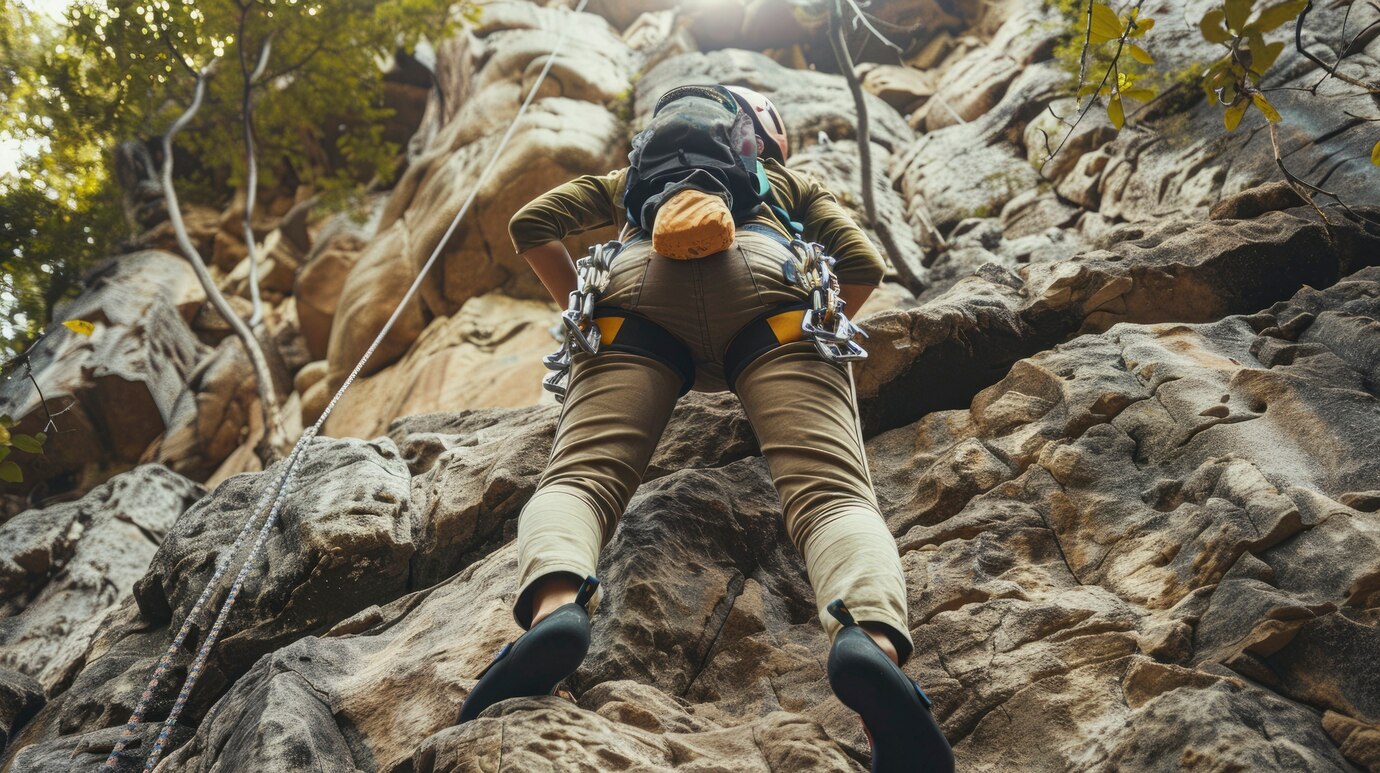Half Dome Deaths: Understanding the Risks and Safety on the Iconic Hike
The Half Dome hike in Yosemite National Park is renowned for its stunning views and challenging terrain, particularly the final ascent up the granite face using metal cables. However, the hike’s demanding nature and exposure have unfortunately led to accidents and fatalities over the years. Understanding these risks is crucial for anyone considering this adventure. Here’s an overview of the safety concerns and statistics related to Half Dome deaths.
Safety and Risks on the Half Dome Hike
- High-Risk Factors:
- Exposure: The final ascent up Half Dome involves climbing a steep granite slope with the aid of metal cables. The exposed nature of this section poses a significant risk, particularly in adverse weather conditions.
- Weather Conditions: Weather can change rapidly in the Sierra Nevada, and sudden storms can create hazardous conditions on the cables section, increasing the risk of accidents.
- Crowds: During peak season, the cables can become crowded, leading to potential accidents from slips, falls, or collisions with other hikers.
- Accidents and Fatalities:
- Statistics: While exact numbers vary, there have been several documented fatalities on the Half Dome hike. According to various sources, there have been approximately 12-15 deaths related to the Half Dome hike over the past two decades. These fatalities have resulted from falls, weather-related incidents, and health issues exacerbated by the strenuous hike.
- Common Causes: The leading causes of accidents include falls from the cables section, falls on the steep sections of the trail, and complications arising from sudden weather changes. In some cases, hikers have suffered from exhaustion, dehydration, or altitude sickness, which contributed to accidents.
- Notable Incidents:
- Falls: Many of the fatalities have occurred due to falls from the cables section or the steep granite face. The cables provide limited support, and a loss of balance or grip can result in serious injury or death.
- Weather: Sudden storms or changes in weather have led to dangerous conditions on the cables, making the climb treacherous. Rain, ice, or high winds can significantly increase the risk of slips and falls.
- Health Issues: Some hikers have experienced health issues such as heart attacks or severe dehydration, which have been exacerbated by the hike’s physical demands and the high altitude.
Safety Tips to Mitigate Risks
- Preparation:
- Permits: Ensure you have a permit if required. Permits help regulate the number of hikers and reduce overcrowding on the cables.
- Fitness Level: Assess your fitness level and be prepared for a strenuous hike. Ensure you are in good physical condition and acclimated to the altitude.
- Weather Awareness:
- Check Forecasts: Always check the weather forecast before starting your hike. Avoid the cables section in poor weather conditions, including rain, snow, or high winds.
- Be Prepared: Carry appropriate clothing and gear to handle sudden weather changes. Rain jackets, warm layers, and sun protection are essential.
- Cable Climb:
- Gloves: Use gloves to protect your hands and improve your grip on the cables. Many hikers use climbing gloves or work gloves.
- Safety Precautions: Be cautious and take your time on the cables section. Avoid rushing and be aware of your surroundings, especially when other hikers are present.
- Hydration and Nutrition:
- Carry Supplies: Bring plenty of water and high-energy snacks. Dehydration and exhaustion can impair your ability to navigate the hike safely.
- Rest and Acclimate: Take breaks as needed and listen to your body. Rest if you start feeling fatigued or unwell.
- Emergency Plan:
- Know Your Route: Familiarize yourself with the trail and the location of emergency services. In case of an emergency, call for help and provide clear information about your location.
Conclusion
The Half Dome hike is a rewarding but demanding adventure that requires careful preparation and respect for its inherent risks. While the hike offers breathtaking views and an unforgettable experience, it’s essential to be aware of the potential dangers and take necessary precautions. By understanding the risks and following safety guidelines, you can minimize the chances of accidents and ensure a safer hiking experience. Enjoy the challenge and the stunning vistas of Half Dome, and remember that safety should always come first.







